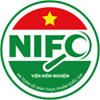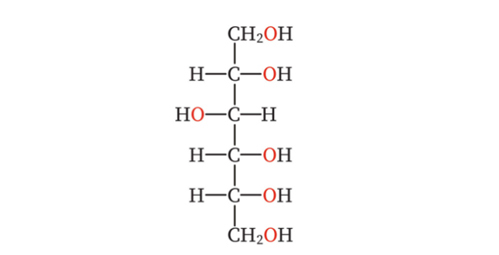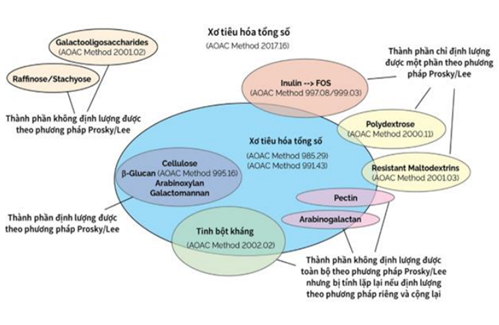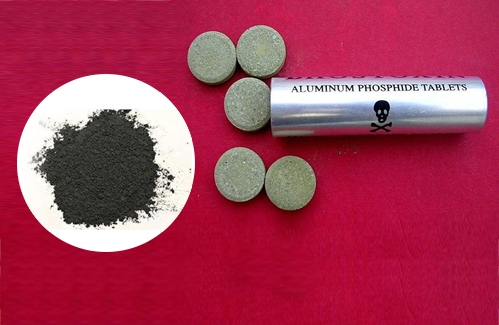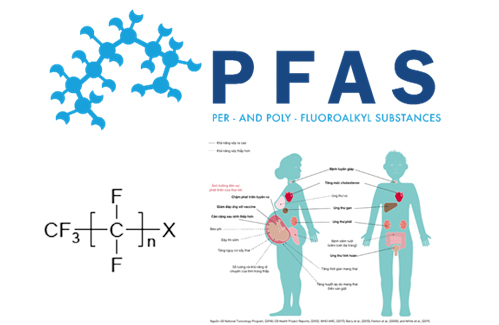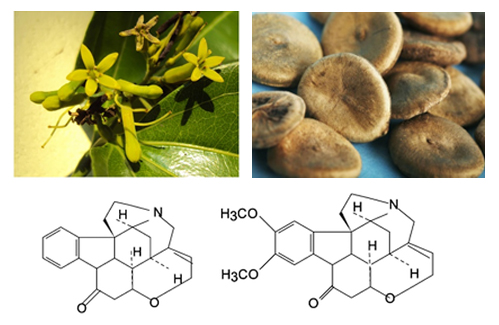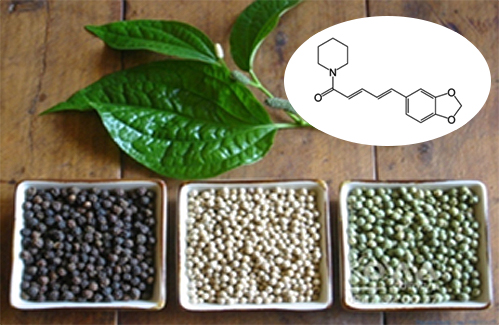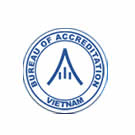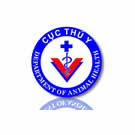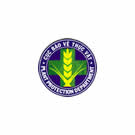- Folder Technical News
- Views 1676
- Last Updated 25/05/2022
Food safety is becoming a serious problem in society when more and more people are suffering from diseases due to using poor quality food containing toxins generated during processing. Furans and alkylfurans are toxic substances generated during processing of some food products.
They are a heterocyclic aromatic organic compound, is a colorless, flammable, and volatile liquid that is widely used in the industrial manufacturing of lacquers, plastics, pharmaceuticals, agrochemicals, and chemicals. However, in early 2004, the United States Food and Drug Administration (FDA) detected furan in a wide range of food products, especially processed foods. Furan derivatives, alkylfurans, have also been found in foods. They are furan-bonded alkyls that lose one or more H atoms. The alkylfurans commonly found in foods are 2-methylfuran, 3-methylfuran.

Figure 1: Structural formula of furan, 2-methylfuran, 3-methylfuran
Foods that often contain furans and alkylfurans are coffee, canned baby foods, biscuits, breakfast cereals, crisps, chips, etc. They can form from the metabolism of ascorbic acids, sugars, amino acids, and unsaturated fatty acids are available in food under the influence of factors of temperature, time, and pH, which are known as oxidation processes or Maillard reactions.
Inhaling furan vapor in humans can produce central nervous system depressant effects including headache, nausea, and dizziness. In high-dose studies in rodents, both furan and 2-methylfuran were found to be potent hepatotoxicants. Meanwhile, 3-methylfuran was found to be toxic to the lungs. In addition, inhalation of 3-methylfuran was also nephrotoxic in the animals studied. Furan is classified by the International Agency for Research on Cancer (IARC) as a probable human carcinogen (group 2B) [1].
The FDA has estimated the average intake of furan for US consumers to be 0.2 μg/kg body weight/day [2]. In Germany, the acceptable daily intake (ADI) is 2 μg/kg body weight/day [3]. Most recently, on March 28, 2022, the European Union published its recommendation No. 2022/495, recommending member countries strengthen the management of the presence of furans and alkyfurans in food [4]. It is forecasted that in the coming time, EU member countries will regularly take samples with related products and conduct analyses of the content of these substances. The EU maximum allowable limit for furans and alkylfurans for coffee is less than 20 µg/kg, for other foods it is 5 µg/kg.
Since 2020, the National Institute for Food Control has analyzed the content of furan and alkylfurans (including 2-methylfuran, 3-methylfuran) in a number of food, including: powdered milk, baby food, coffee, and canned meat by the technique of steam space sampling (Headspace) connected with a gas chromatograph and mass spectrometer (GC-MS) [5]. Headspace-GC-MS equipment being used at the Institute is modeled as shown in Figure 2.
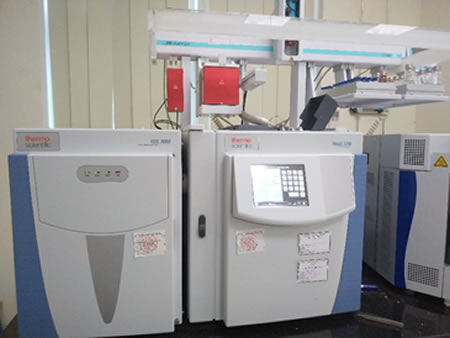
Figure 2: Headspace-GC-MS Thermo ISQ 7000
The results of the analysis of 100 samples showed that 30% of the samples detected furan and alkylfurans. In particular, 100% of coffee samples were found to contain furan or alkylfurans at relatively high levels. The content of furan and alkylfurans varies depending on the type of coffee: Instant coffee has a furan and 2-methylfuran content in the range of 5.7 to 54 μg/kg; Roasted coffee beans found furan, 2-methylfuran, 3-methylfuran in the range of 5.7 to 2803 μg/kg. If calculated according to the ADI level recommended by Germany, the consumption of instant coffee is completely safe for consumers' health, while the consumption of roasted and ground coffee at a safe level is less than 86 g of coffee per day for people with an average weight of 60 kg. In addition, these substances have also been detected in some samples of canned meat and cereal foods.
The fact that the furan content in the roasted and ground coffee samples was significantly higher than that of the instant coffee samples, maybe due to the high-temperature roasting process or the higher percentage of pure coffee in instant coffee. Thus, according to Germany's ADI, the consumption of instant coffee is completely safe for consumers' health, while the consumption of roasted and ground coffee at a safe level is less than 86 g of coffee per day for a 60 kg body weight person. Not only detected in coffee samples, furan and 2-methylfuran were also detected in canned meat samples at 16% and 8%, respectively, their content in the range of 2.8-6.7 μg/kg. . The surveyed baby food samples included samples containing only cereal rice and samples with added meat, however, but only 1 sample also contained furan at the concentration of 5.6 μg/kg. None of the powdered milk samples detected furan and alkyfurans.
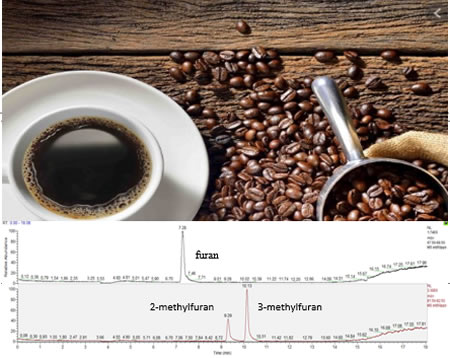
Figure 3: Sample coffee contains furan, 2-methylfuran, 3-methylfuran
Furans and alkylfurans present in food are a genuine concern, especially in instant and roasted coffees, where relatively high concentrations and significant concentrations can affect consumers' health. Besides, Vietnam is a significant exporter of coffee, therefore, Vietnam needs to pay more attention to the presence of these substances in its products because if Vietnamese products have furan and alkylfurans residues with a high frequency, those products are likely to be included in the warning list, affecting international competition.
References:
- IARC (1995), “Monographs on the evaluation of carcinogenic risks to humans; dry cleaning, some chlorinated solvents and other industrial chemicals,” in Encyclopedia of Toxicology.
- Robles, H. (2014) ‘Furan’, in Encyclopedia of Toxicology: Third Edition.
- Kuballa (2007), “Furan in Kaffee und Anderen Lebensmitteln”, J. fur Verbraucherschutz und Leb. 2, 429–433.
- Commission recommendation (EU) 2022/495 of 25 March 2022 on monitoring the presence of furan and alkylfurans in food, Official Journal of the European Union
- Nguyen Thi Ha Binh, Bui Cao Tien, Mai Thi Ngoc Anh, Pham Thi Hoai, Le Thi Hong Hao (2021), “Simultaneous determination of furan and its derivatives in food by headspace gas chromatography mass spectrometry (HS-GC-MS)”, Vietnam Journal of food control, Vol. 4, No. 3, 182-189.
